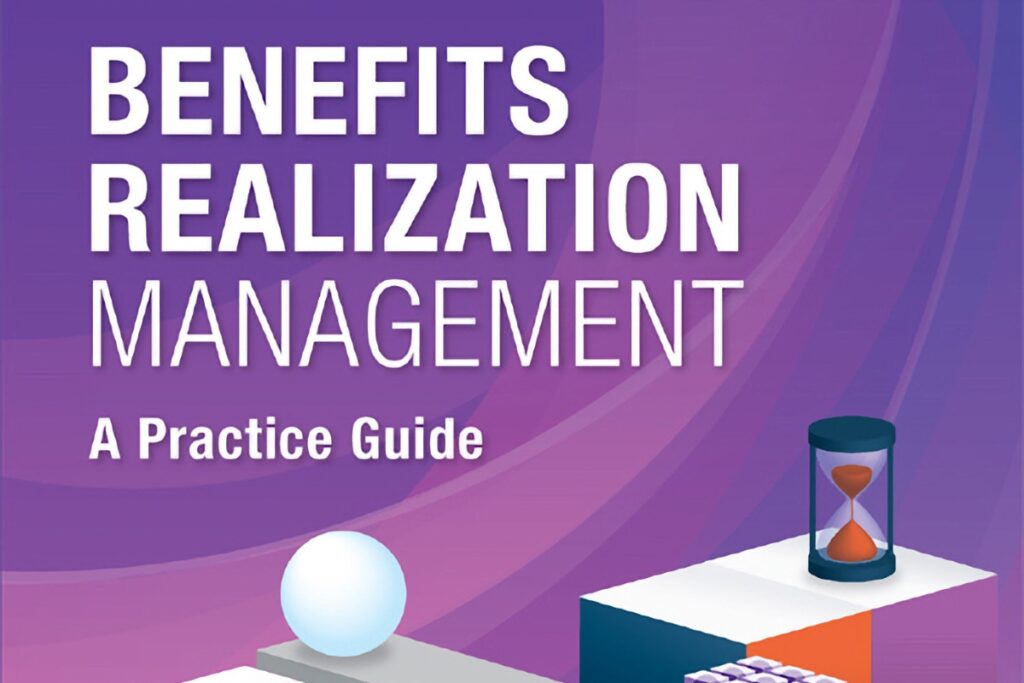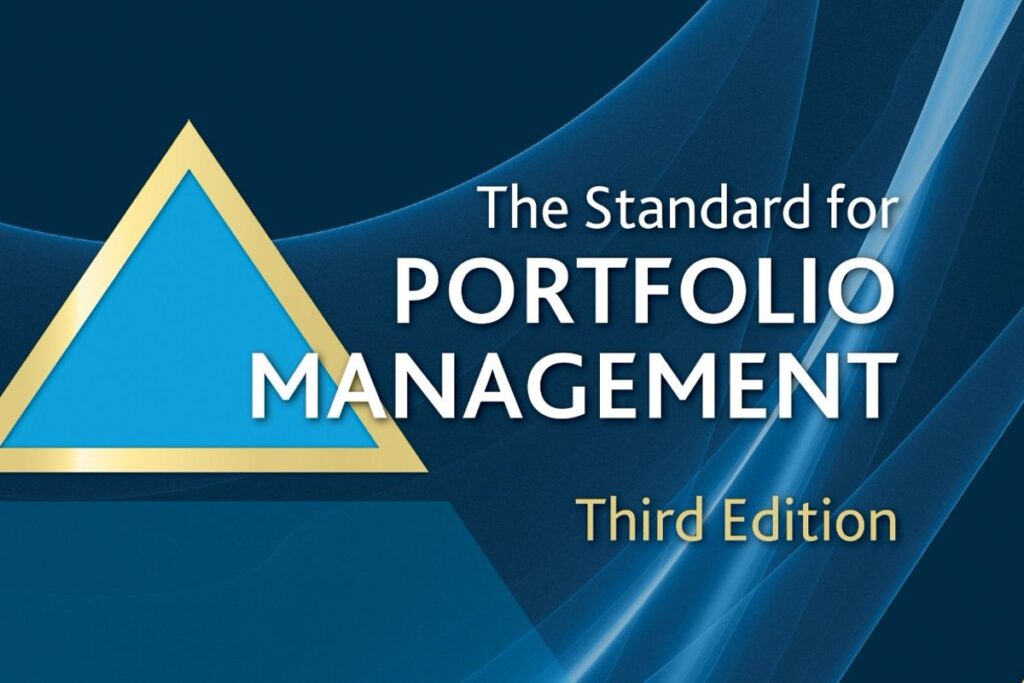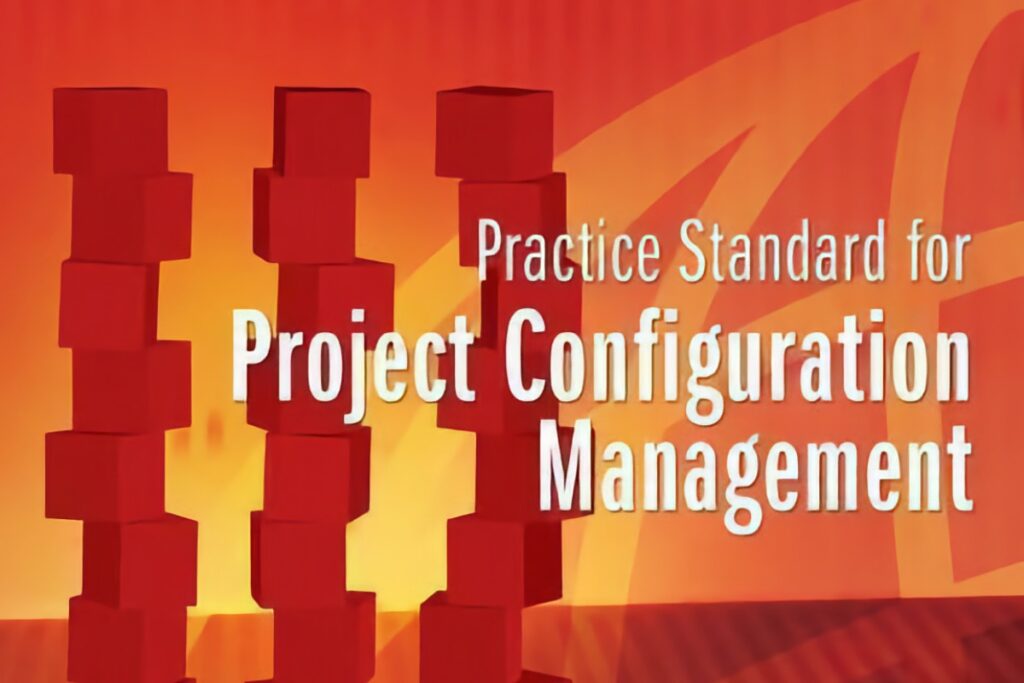In today’s outcome-driven world, success is no longer defined by delivering projects on time and within budget alone. Organizations increasingly demand that projects, programs, and portfolios produce real business value. To address this strategic need, the Project Management Institute (PMI) released Benefits Realization Management: A Practice Guide in 2019, providing structured guidance on ensuring that initiatives deliver meaningful and measurable results.
This practice guide is a vital resource for project managers, program managers, portfolio leaders, and executiveslooking to align project outputs with long-term organizational strategy.
What Is Benefits Realization Management (BRM)?
Benefits Realization Management (BRM) is a strategic discipline that focuses on identifying, planning, measuring, and sustaining benefits that result from project and program investments. PMI defines a benefit as a “measurable improvement resulting from an outcome perceived as an advantage by one or more stakeholders.”
BRM ensures that:
- Projects are selected based on expected value.
- Benefits are tracked beyond project closure.
- Accountability is assigned for benefit ownership.
- Organizations optimize the return on their strategic investments.
Structure of the Guide
The guide is organized into three main stages of the BRM lifecycle, along with foundational principles and roles:
1. Identify Benefits
- Define business objectives and stakeholder expectations.
- Establish benefit types (tangible vs. intangible, financial vs. non-financial).
- Develop a Benefits Register and initial measures of success.
2. Execute Benefits Realization
- Align project/program plans with benefit delivery milestones.
- Monitor benefit delivery through KPIs and performance metrics.
- Adjust plans to preserve or enhance benefit outcomes.
3. Sustain Benefits
- Transition benefit ownership to operations.
- Conduct post-implementation reviews.
- Institutionalize continuous value tracking.
The guide also outlines roles and responsibilities for benefit delivery across projects, programs, and portfolios—assigning accountability to sponsors, PMs, PMOs, and business units.
Key Strengths
✅ Strategic Integration
The guide elevates project delivery by linking outputs (what is delivered) to outcomes and strategic impact (why it matters).
✅ Actionable Framework
Provides practical templates, such as:
- Benefits maps
- Benefit profiles
- Benefits registers
- Measurement plans
These tools help practitioners move from theory to execution.
✅ Cross-Organizational Alignment
Promotes shared ownership between delivery teams and business units, closing the gap between execution and value realization.
✅ Lifecycle Perspective
Emphasizes that benefit management is not a one-time task, but a continuous process that spans initiation, execution, and operations.
✅ Complements Portfolio and Program Standards
The guide aligns well with PMI’s Standard for Program Management and Portfolio Management, enabling integrated planning and governance.
Limitations
❌ Limited Agile Tailoring
While the principles are universally applicable, the guide offers limited guidance for agile teams where benefits may be realized incrementally through iterative releases.
❌ No Case Studies
The guide would benefit from real-world examples or case studies to help practitioners visualize application across industries.
❌ Measurement Complexity
Tracking intangible or long-term benefits (e.g., brand reputation, employee engagement) remains methodologically challenging, and the guide offers limited help in addressing this.
Use Cases
Best suited for:
- Program and portfolio managers accountable for strategic value.
- Executives and sponsors tracking investment outcomes.
- PMOs transitioning from control-focused to value-focused roles.
- Organizations under pressure to justify ROI and strategic alignment.
Less suited for:
- Projects with short-term, tactical deliverables.
- Teams working in pure agile environments without formal benefit planning structures.
- Organizations lacking maturity in performance tracking or data analysis.
Benefits vs. Outputs vs. Outcomes
| Element | Definition | Example |
|---|---|---|
| Output | Deliverable or product | New CRM system |
| Outcome | Immediate result of using output | Faster customer onboarding |
| Benefit | Measurable value from outcome | Increased customer retention by 15% |
Comparison to Related PMI Guides
| Guide | Focus | Best Audience |
|---|---|---|
| PMBOK® Guide | Delivering outputs | Project Managers |
| Program Management Standard | Coordinating delivery | Program Managers |
| Portfolio Management Standard | Prioritizing initiatives | Executives, PMOs |
| BRM Practice Guide | Ensuring strategic value | Sponsors, PMOs, Portfolio Leaders |
Conclusion
PMI’s Benefits Realization Management: A Practice Guide is a strategic playbook for organizations seeking to ensure that their investments result in real, measurable value. It moves project professionals beyond the triple constraint and into the realm of value creation and strategic execution.
As organizations mature, BRM will no longer be optional—it will be expected. This guide provides a clear framework to begin that journey. Whether you’re managing a digital transformation, deploying a new platform, or steering a national infrastructure initiative, this guide ensures you’re not just delivering—but delivering what matters.




